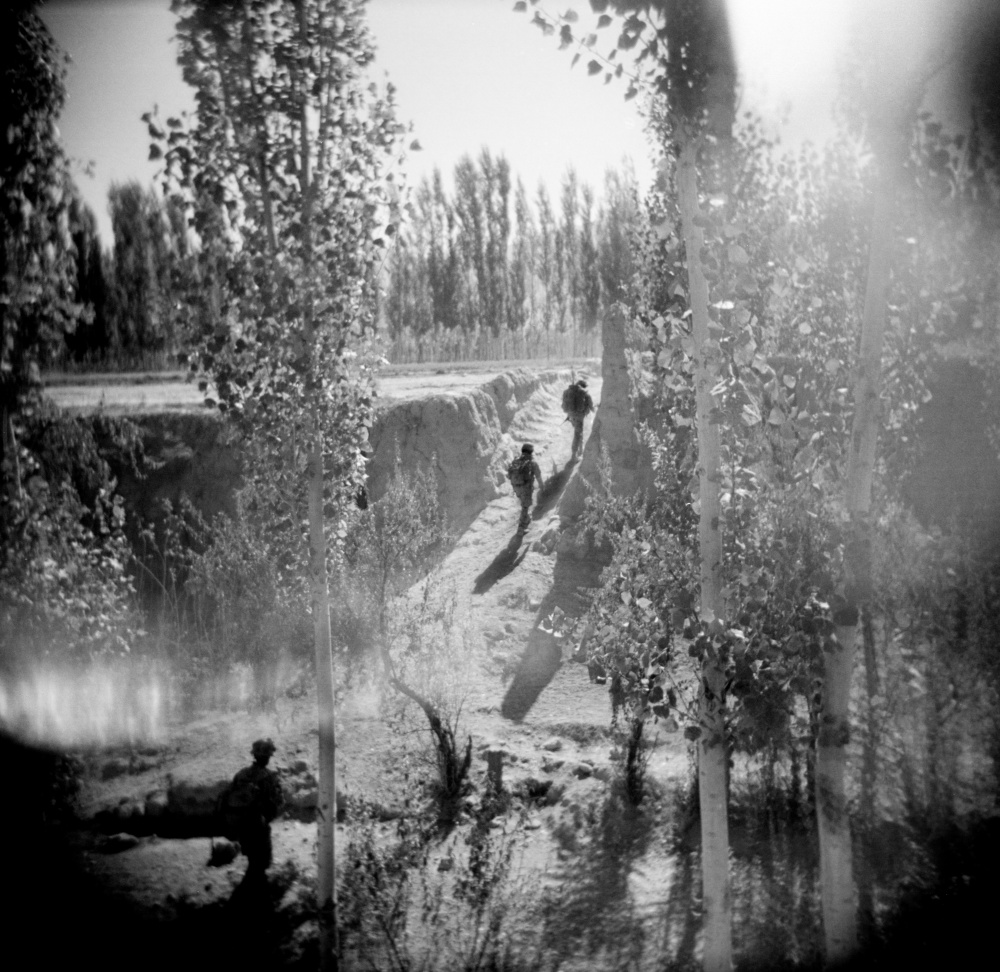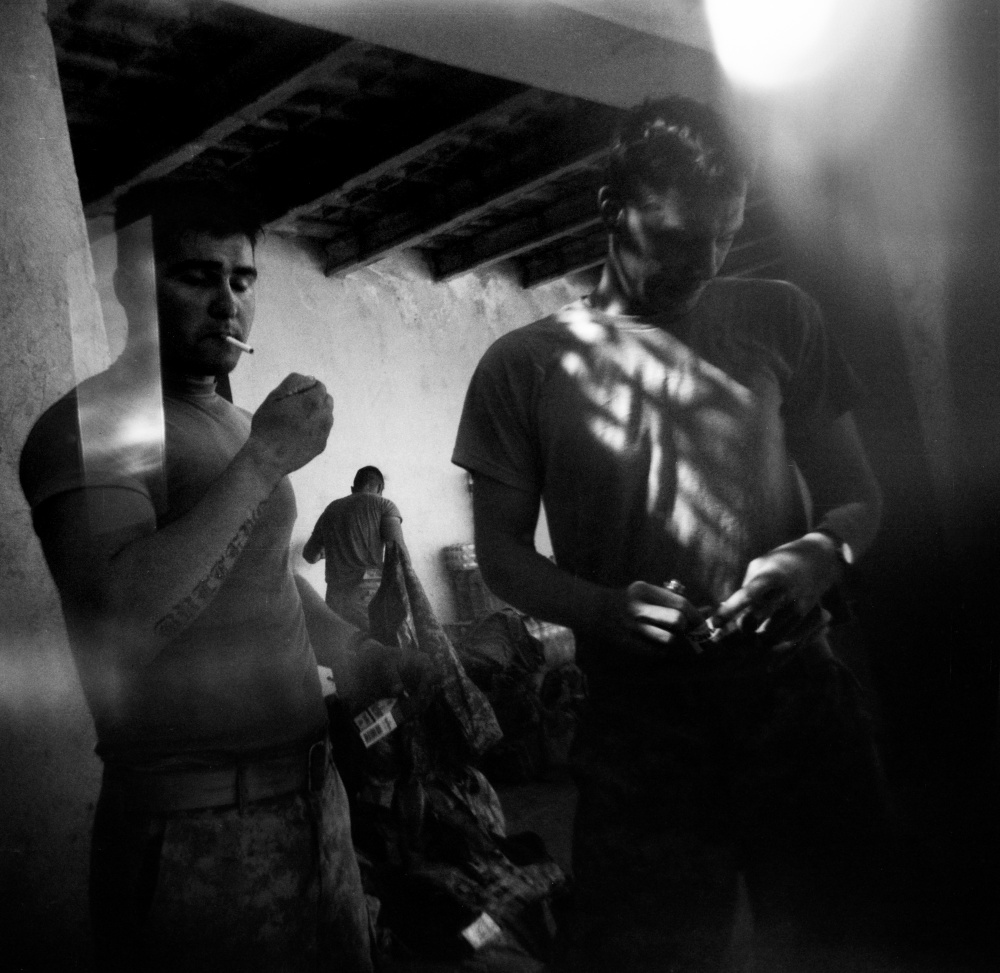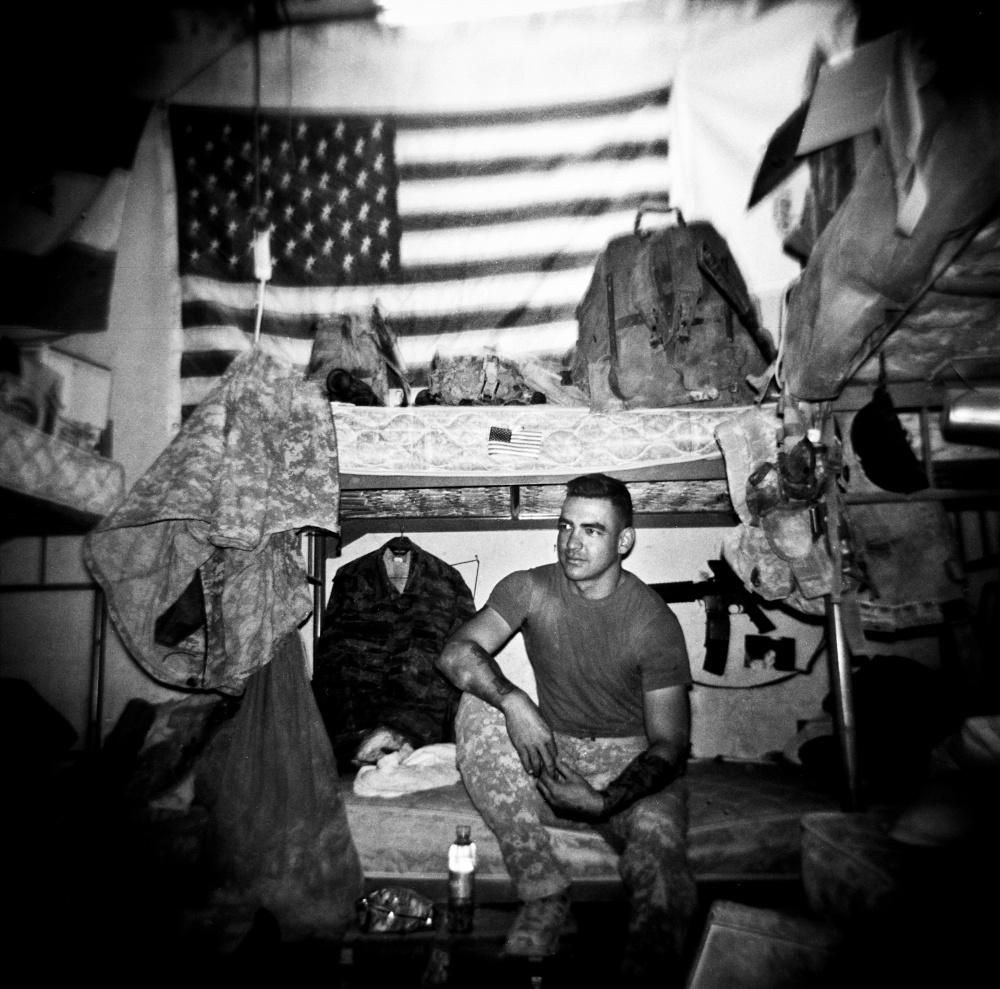Fotovisura Grant: The Homecoming Project by Erin Trieb
In the past decade America has become accustomed to viewing images of US troops involved in the wars in Iraq and Afghanistan. As media coverage of both prolonged conflicts begins to wan, American audiences grow numb. However, the severity and impact of these wars on those who fight becomes increasingly detrimental as service members return home.
One of the largest issues America currently faces is the inability to fully support its service members returning home and the lack of awareness and conscious effort it requires. The ongoing drawdown of US troops in Iraq and the future drawdown in Afghanistan presents hundreds of thousands of military service members returning home with both physical and psychological trauma from war—the latter often being more difficult to detect and treat successfully. These psychological effects may include Post Traumatic Stress Disorder (PTSD), Traumatic Brain Injury (TBI), depression and suicidal ideation. According to recent studies, 30% of veterans and active service members from both wars are diagnosed with PTSD, while an additional 25% are diagnosed with TBI, which has similar symptomology to PTSD. In 2009 and 2010 the U.S. military lost more active duty service members to suicide than it did to combat related deaths in Iraq and Afghanistan combined.
I have personally witnessed the impact of these wars on the welfare of military service members and the veteran community. Since 2009, I have documented US troops in Afghanistan and their transition home, which for some included struggles with emotional instability, substance addiction, depression, domestic abuse, and suicide. This from of aftermath has severe consequences and rippling effects on their families and surrounding communities.
The project I am proposing, titled The Homecoming Project, will focus on the psychological and emotional impact both wars have on America’s newest generation of veterans and their communities. It will create a personal connection between the public and the service members who need their support and understanding. Through this project I will explore:
-The experience war presents by embedding with US infantry troops in Afghanistan in late 2011. I will continue documenting service members while furthering relationships already established with the 1st Battalion 32nd Infantry Regiment
-Returning service members’ and veterans’ shared experience of loss, identity, and home and how these themes influence them and their surrounding community. I will photograph this theme in the spring of 2012 at Fort Drum in New York, where the bulk of my project is concentrated
-Revisiting and documenting those I have already photographed to follow up on their journey, healing, and progress. This includes Patrick Corcoran, a paralyzed veteran located in Florida, Zach Higgins, a soldier currently at the Ft. Leavonworth military prison, Chris Conte, a veteran who suffers from severe PTSD located in Vermont, Adam Ramsey, a veteran located in North Carolina who is healing and enrolled in college, and the Terpstra family, who lost their son Dirk to suicide in 2010.
-Documentation of and collecting creative works from those I photograph, including poems, recordings, short stories, letters, and photographs. Through their own words the families in my story have profound works to add to the conversation of “homecoming” and healing
-The process of healing, therapy, and reconciliation, illustrated by veterans / military communities who are actively seeking aid. I will also show how their own personal methods of healing illustrate positive responses to the traumas of war
Additionally, The Homecoming Project aims to engage audiences further by creating a platform of awareness, understanding, and action through thehomecomingproject.org. Playing the dual roles of documentary project and non-profit, The Homecoming Project will not only be a collection of imagery displayed in indoor galleries, but will also function as a traveling, outdoor exhibition, partnering with VII The Association as the non-profit and serving as an awareness campaign for the general public. In the summer of 2012, I plan to launch a projection exhibition displaying my work, contributed works from VII photographers focusing on veteran issues and works from the families I have photographed focusing on their experiences of war and its aftermath. The exhibition will be hosted in urban public sites in order to educate the public and stimulate a dialogue about America’s role in war and it’s aftermath on society. It will launch in conjunction with the July 4th performance of the Austin Symphony Orchestra, which has agreed to partner with the project. I will make the materials of The Homecoming Project available to non-profit and advocacy groups nationwide in order to supplement their own awareness campaigns.
Finally, the project website will not only serve as an online home for the project but also as a web-based resource center, connecting those in need with available resources. I aim for the website to provide service members and their communities with easier access to resources of aid while also connecting those resources with potential donors.
I truly feel that this documentary project will address key issues facing America’s new generation of veterans, while subsequently illuminating a significant yet underreported topic. The Fotovisura Grant will enable me to continue this story. Please consider me as a serious candidate.



































